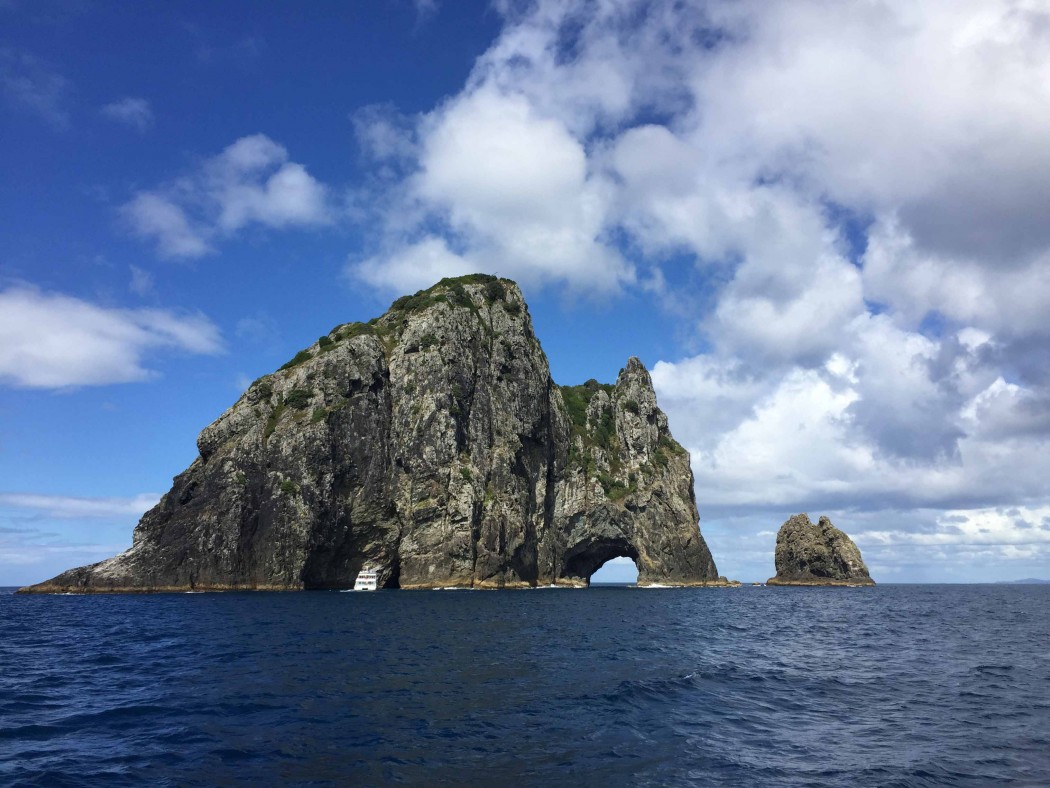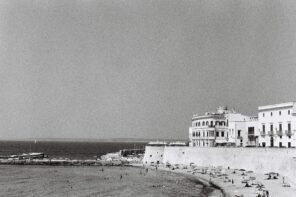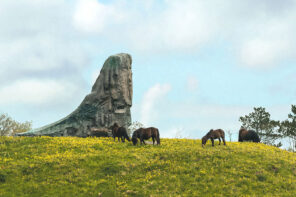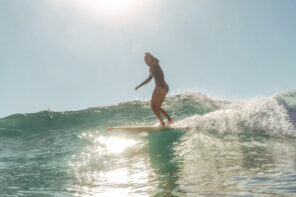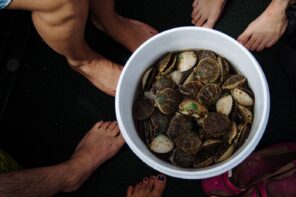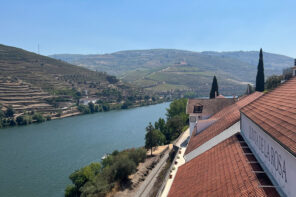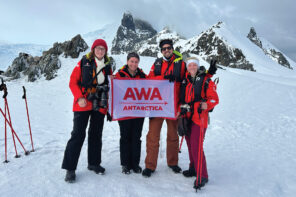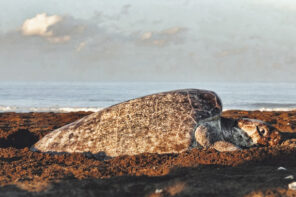When traveling the islands of New Zealand, time has a feeling of prelude. Most of your visit will be spent among the trees—giant redwoods creating a canopy above you—waiting for something to happen. You are one with the drama of nature, and there’s no need for human interaction… which works quite well here, since there are only four million people occupying a land mass the size of California (yes, that’s 14 people per square kilometer).
The two main islands of the country vary in landscape, climate, and population. The North Island, known for its volcanic geothermal pools, coastal mangroves, and translucent waters, is a tropical oasis compared to the South Island, which is covered with alps, glaciers, rivers, and fiords. To experience the best of both worlds, follow this adventure guide that will take you from the most northern tip of the North Island all the way down towards Antarctica.
Cape Regina
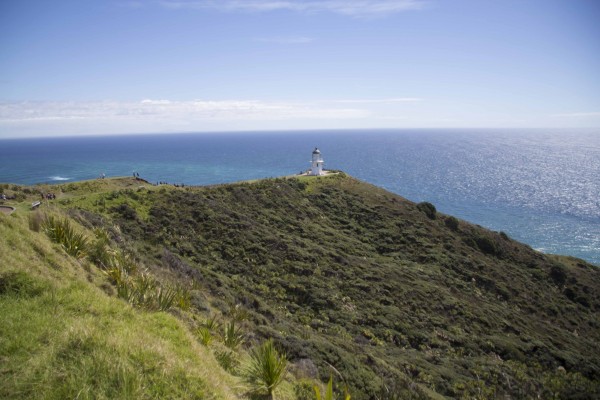
Photo: Kirsten Judson.
A small lighthouse sits at the spot where the Pacific Ocean greats the Tasman Sea. Long hiking trails adorn the crenelated shapes of the coast, and you can sandboard on the famous 90-mile beach on the peninsula. To fuel up, grab some battered fish n’ chips and a draft golden ale in the historic fishing town of Mangonui.
Bay of Islands
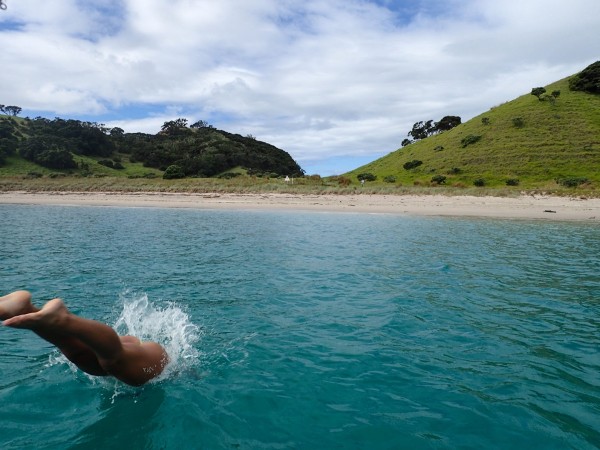
Photo: Kirsten Judson.
The Bay of Islands is the summer destination of New Zealand. However, there are no all-inclusive resorts. Rather, you’ll find simple strings of scruffy, windswept towns that lead to beautiful turquoise waters. Rent bikes in the town of Kerikeri, and cruise around the local wineries, such as Fat Pig and Cottle Hill.
Poor Knights Marine Reserve
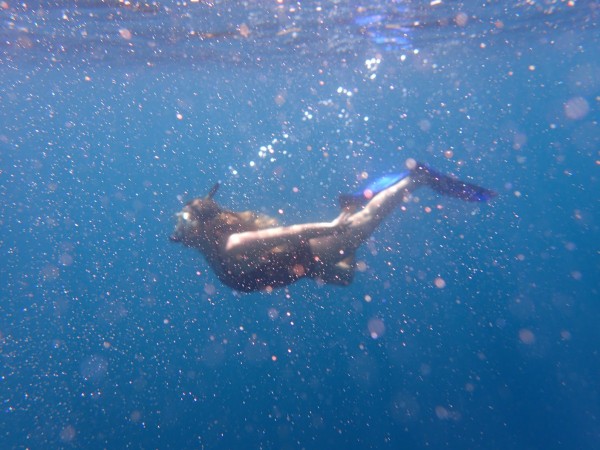
Photo: Kirsten Judson.
One of the most popular diving spots in Oceania, The Poor Knights Marine Reserve is a sanctuary for Pacific marine life. Before settlers, the only animals of New Zealand were birds and marine wildlife, making the area’s oceanic ecosystems one of the most diverse in the world. Upon entering Poor Knights, you’ll truly appreciate the vastness of the Pacific and the denude of the ocean’s surface. But don’t be fooled: Once you dive in, expect to stumble upon some unknown creatures.
Mount Maunganui
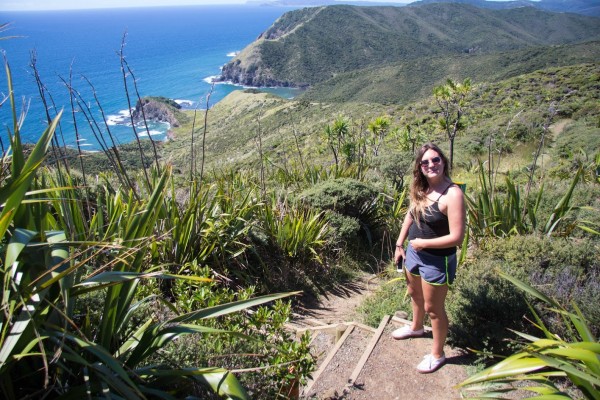
Photo: Kirsten Judson.
The Mount, an extinct volcano, hovers over the town of Mount Maunganui. Hike to the top of the mountain and go paragliding. Then, head back to sea level where a conveniently-placed sandbar allows this town to have both a harbor beach and a surf-friendly ocean beach within a couple blocks of each other. Surf’s up.
Waitomo Caves
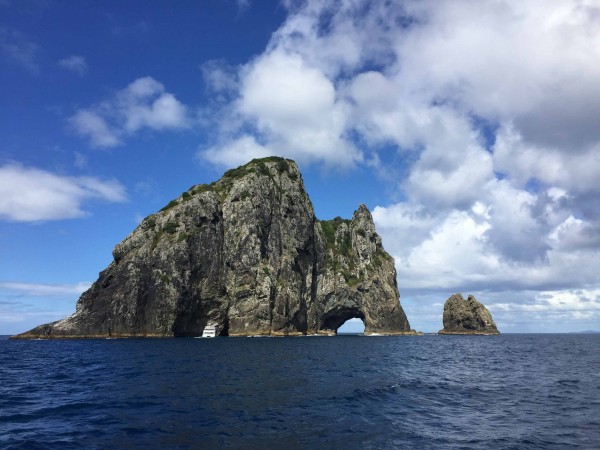
Photo: Kirsten Judson.
Zip into a full-body wetsuit and booties, then jump into an inner tube and float along the near-freezing underground river that runs through the Waitomo Caves. After a brief training stint, you’ll bob into the darkness, and later, traverse through the glowworm-lit limestone labyrinth.
Kaituna River
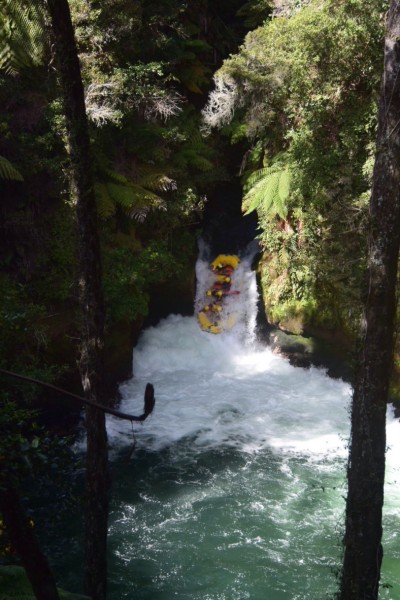
Photo: Kirsten Judson.
The rapids and canyons of this river make white-water rafting on it one of the most popular activities on the NZ adventure circuit. In all, there are fourteen rapids and three waterfalls—including Tutea Falls, a seven-meter drop that’s the highest commercially rafted waterfall… in the world. Good luck.
Rotorua Canopy Tour
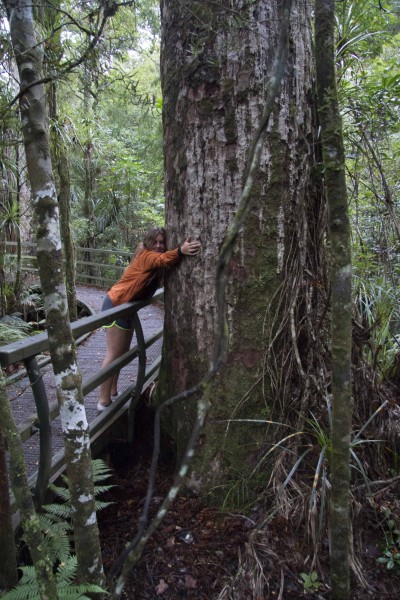
Photo: Kirsten Judson.
Soar above the vast Rotorua rainforest in a suspended playground of ziplines, wing-bridges, and treetop platforms. Luckily, the forest hasn’t been disturbed by humans, but mammal predators have wiped out many of the indigenous bird species. A portion of your ticket will help contribute to conservation efforts, and you’ll get to kiss a 500-year-old Rimu tree.
Fox Glacier
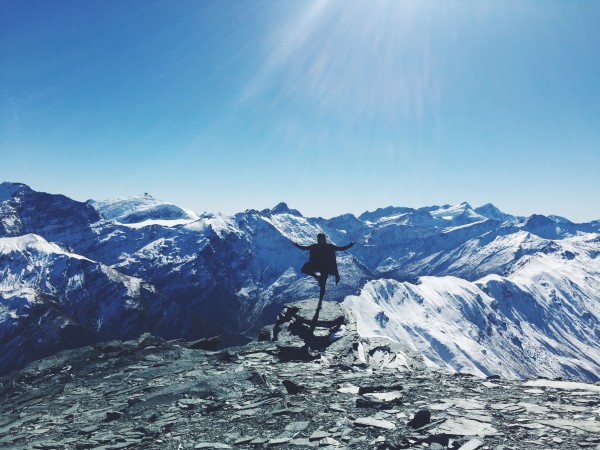
Photo: Kirsten Judson.
On the South Island you’ll find this 8.1-mile glacier in Westland Tai Poutini National Park. It runs from the southern Alps to the lush rainforest. Helicopter treks allow you to fly in to the most spectacular parts of the glacier, strap on your crampons and trekk over the ice and through the caves, then fly back out, passing the country’s two tallest mountains, Mt. Cook and Mt. Tasman.
Queenstown
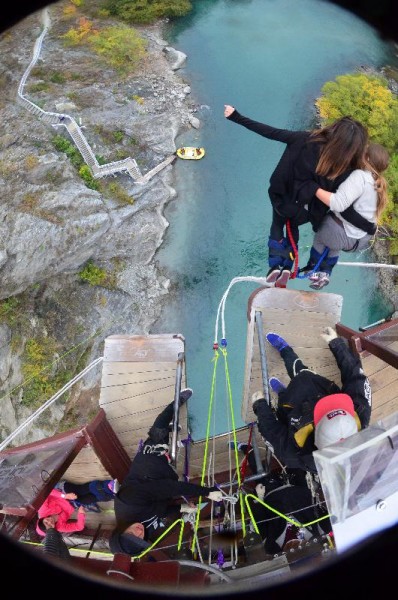
Photo: Kirsten Judson.
This city is the adventure sports hub of South Island, allowing one to experience many a thrills. But the one you’ll hear about the most is the famous bungee jump. Located on the Kawarau Bridge, this is reportedly the first commercial spot for bungee jumping in the world, and is a whopping 141-foot drop.

